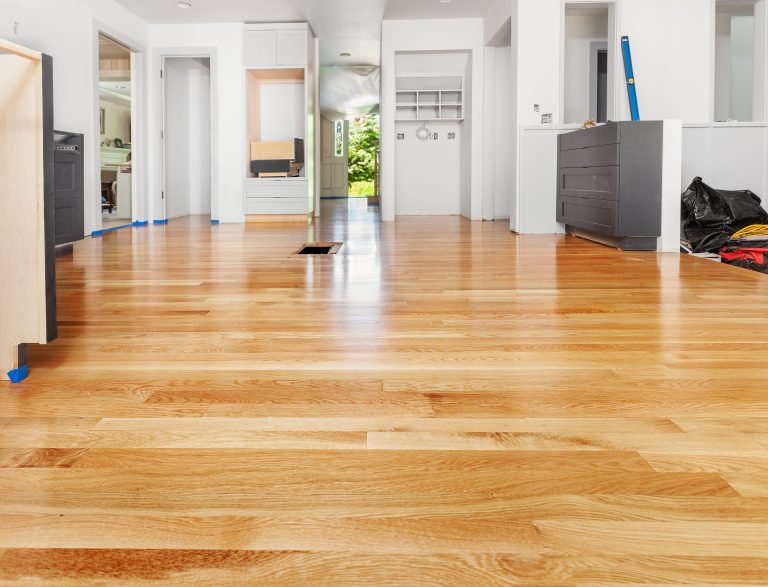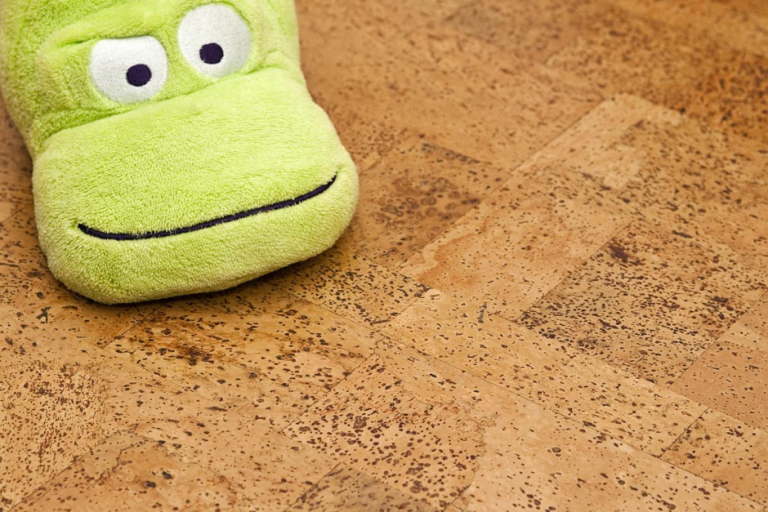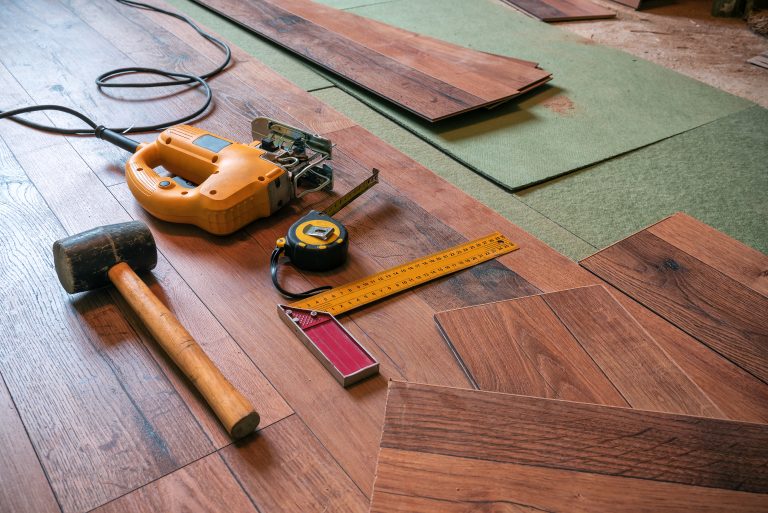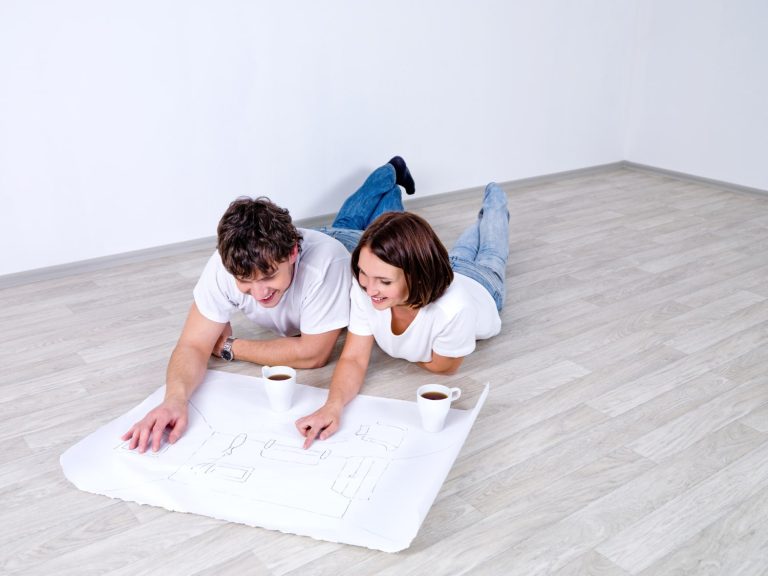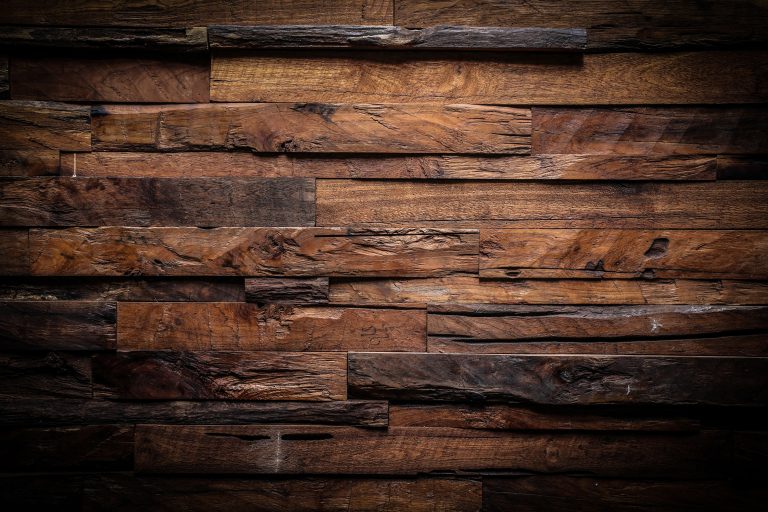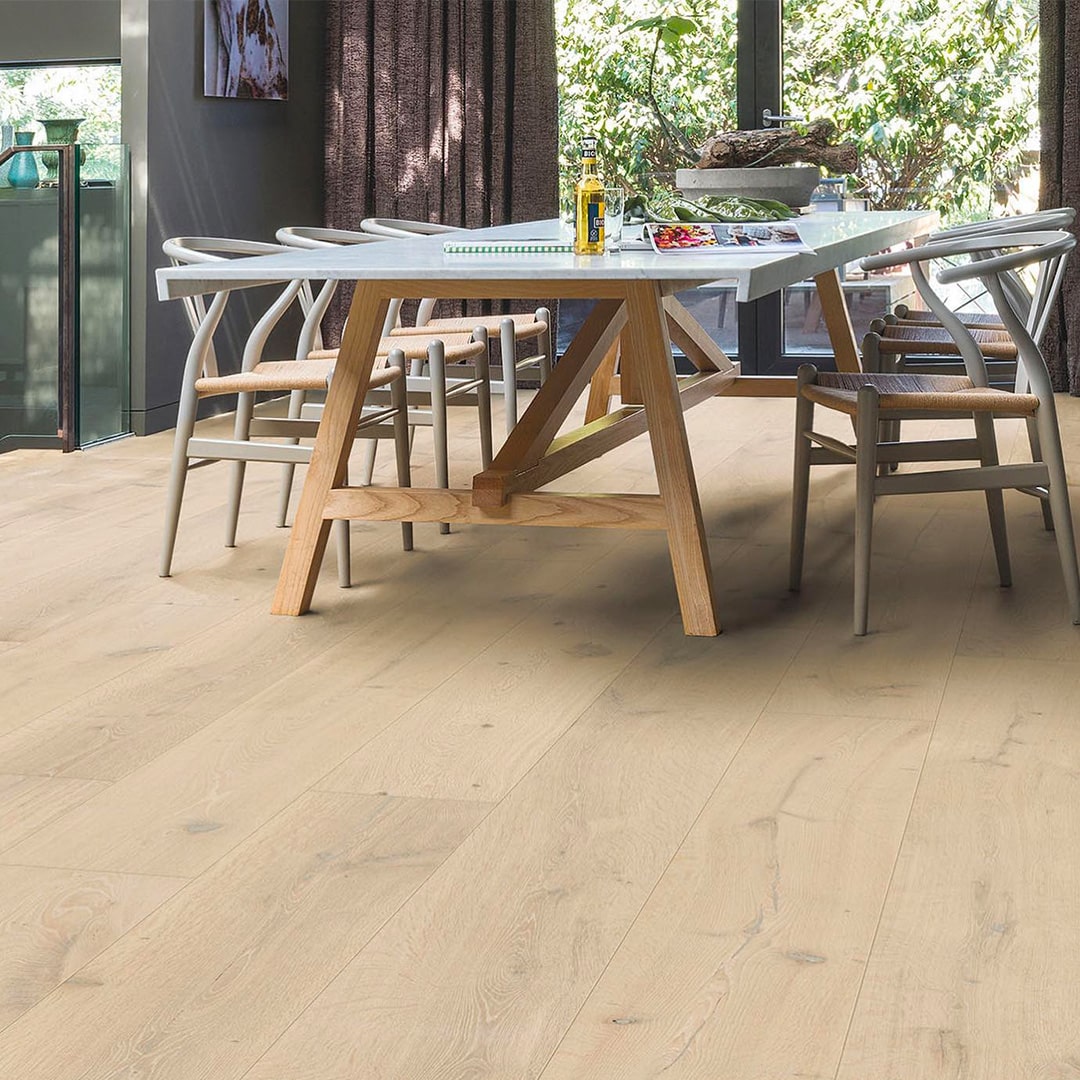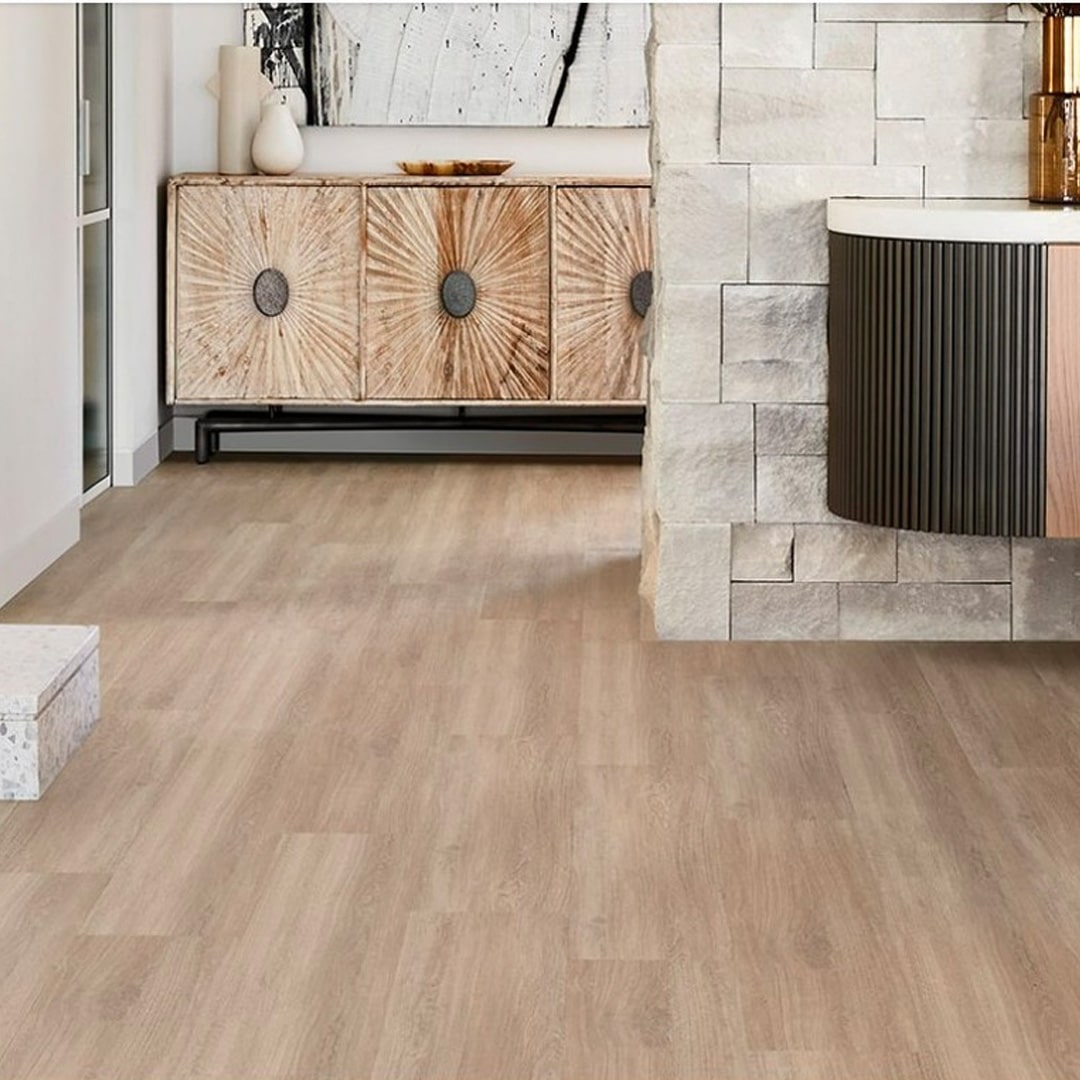Signs You Need to Replace Your Floors: A Complete Checklist
Floors play a crucial role in the overall appearance, comfort, and functionality of your home or business. Over time, even the most durable flooring can show signs of wear and tear. Knowing when it’s time to replace your floors can save you money on repairs, prevent safety hazards, and keep your space looking its best.
In this comprehensive guide, we’ll walk you through the most common signs that indicate it’s time to replace your floors, ensuring that you make informed decisions about your flooring.
Visible Wear and Tear
Fading, Scratches, and Dents
One of the most obvious signs that your flooring may need to be replaced is visible wear and tear. Over time, heavy foot traffic, furniture movement, and daily use can cause floors to fade, scratch, or dent. While some minor damage can be repaired, extensive wear and tear often means it’s time for a full replacement.
Key Signs of Wear and Tear:
- Fading: Loss of color or uneven shading, especially in areas exposed to direct sunlight.
- Scratches and Dents: Noticeable damage on the surface that detracts from the floor’s appearance.
- Gaps Between Planks: If you notice widening gaps between planks in hardwood or laminate flooring, it could indicate damage.
Water Damage
Warping, Bubbling, and Mold Growth
Water is one of the biggest enemies of many types of flooring, including luxury vinyl plank, laminate, and hardwood. Water damage can cause floors to warp, buckle, or develop mold, which can lead to further structural problems if left unaddressed. If you notice any signs of water damage, it’s often more cost-effective to replace the affected flooring rather than attempt repairs.
Key Signs of Water Damage:
- Warping or Buckling: Floors may appear uneven, with planks curling or lifting.
- Bubbling or Swelling: Moisture trapped under the surface can cause visible bubbling or swelling in laminate or vinyl floors.
- Mold Growth: Discoloration, musty odors, or visible mold in your flooring or subfloor are signs of significant water damage.
Stains and Discoloration
Persistent Stains That Won’t Go Away
Stains and discoloration are not just an eyesore but can also indicate deeper problems with your flooring. In some cases, spills and stains can be cleaned, but if they become persistent or have penetrated the material, it’s often time to consider replacing the floor.
Key Signs of Staining and Discoloration:
- Permanent Stains: Stains that cannot be removed, even with professional cleaning.
- Discoloration: Areas of your floor that are noticeably darker or lighter, often due to moisture, age, or sun exposure.
- Unpleasant Odors: Lingering smells, especially in carpet or wood, may indicate the need for a replacement.
Unpleasant Odors
Lingering Smells from Mold or Damage
If your floors are emitting unpleasant odors, this could be a sign of hidden water damage, mold, or damage to the subfloor. Lingering smells can also indicate pet accidents that have penetrated through the flooring material. In some cases, replacing the affected areas is the best way to eliminate these odors and prevent further damage.
Key Signs of Odors from Flooring:
- Musty Smells: Could indicate mold or mildew in hardwood or laminate floors.
- Lingering Pet Odors: Persistent smells even after cleaning can mean the material is damaged.
- Rotten or Sour Smells: Could be a sign of deep moisture damage or decay in wooden floors.
Structural Damage
Sagging, Creaking, or Uneven Floors
Structural issues with your flooring are serious and should be addressed immediately. If your floors are sagging, creaking, or uneven, these could be signs of damage to the subfloor, joists, or other supporting structures. In such cases, replacing your floors might be necessary to avoid further complications.
Key Signs of Structural Damage:
- Sagging Floors: Visible dips or uneven sections in your floor.
- Creaking Sounds: Frequent creaking when walking across the floor, often indicating loose or damaged boards.
- Uneven Surfaces: Floors that feel uneven or “bouncy” underfoot may signal subfloor issues.
Outdated or Worn-Out Aesthetic
Flooring No Longer Matches Your Style
Even if your floors are structurally sound, you may want to replace them if they’re simply outdated or no longer fit the aesthetic of your space. Flooring trends evolve, and what may have been stylish 10 or 20 years ago can now look tired and dated. A fresh, modern floor can dramatically update the look of your home or business.
Key Signs of an Outdated Floor:
- Old, Faded Styles: Colors and patterns that are no longer in style.
- Outdated Materials: Flooring materials that feel dated compared to modern options.
- Poor Condition: Even if structurally sound, an old and tired floor can negatively affect the ambiance of a room.
Allergy Concerns
Allergens and Dust Accumulation
If you or your family members suffer from allergies, old flooring, especially carpets, can be a significant source of allergens such as dust mites, pet dander, and mold. Replacing your floors with more hypoallergenic materials like luxury vinyl plank or engineered timber flooring can reduce allergen accumulation and improve indoor air quality.
Key Signs of Allergen-Heavy Floors:
- Increased Allergies: Allergy symptoms worsen, particularly in certain rooms.
- Dust Build-Up: Floors that consistently accumulate dust, even with regular cleaning.
- Worn-Out Carpet: Old carpets are notorious for trapping allergens deep within the fibers.
Is It Time to Replace Your Floors?
Replacing your floors can enhance the look, feel, and safety of your home or business. If you’ve noticed any of the signs listed above, it may be time to invest in new flooring. Whether it’s water damage, structural issues, or just an outdated aesthetic, recognising these signs early will ensure your space remains safe, stylish, and functional.
Replacing your floors is a significant decision, but it can add long-term value and comfort to your property. By paying attention to the condition of your floors, you can make timely and informed decisions that ultimately save you time, money, and hassle.


